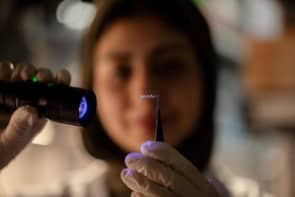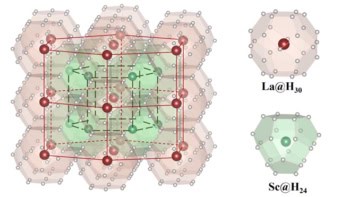Physicists in the US have developed a tiny portable device that is sensitive enough to detect the magnetic fields from electrical signals in the brain. Consisting of a cell filled with a vapour of rubidium atoms, the sensor can detect magnetic field changes as small as 70 fT -- about one billionth of Earth's magnetic field. (Nature Photonics 1 649).
Although 70 fT is not as good as superconducting quantum interference device (SQUID) magnetometers, which can detect changes as small as 3 fT, the new sensor operates at room temperature. This is an advantage over SQUIDs, which must be cooled to near absolute zero to reach such sensitivity, making them power hungry and expensive.
The new prototype sensor has been built by John Kitching and colleagues at the National Institute of Standards and Technology (NIST) in Boulder, Colorado. It consists of a 6 mm3 cell filled with an alkali gas, such as rubidium atoms, which are very sensitive to small magnetic field changes.
When circularly polarized laser light is sent into the cells, almost all of the light is transmitted if the spins of the rubidium atoms are all pointing in the same direction. But if a sample is placed near the cell, its magnetic field forces the spins out of alignment with each other — and the atoms absorb some of the laser light. The amount of light absorbed depends on the strength of the magnetic field.
To be a truly portable system, however, the cell would have to be packaged with miniature optics and a light detector. But as it would not require cryogenic equipment like SQUID magnetometers, it could even be battery operated and can be deployed in remote areas, such as in airports, to detect the fields from metallic objects such as bombs.
The more immediate applications could involve non-invasively mapping out the electrical signals generated from the brain and even from the heart of unborn babies. Indeed the group at NIST has already used the prototype to detect magnetic signals from the heart of a mouse, and they hope to improve the sensitivity to 10 fT which could let it map brain function.



